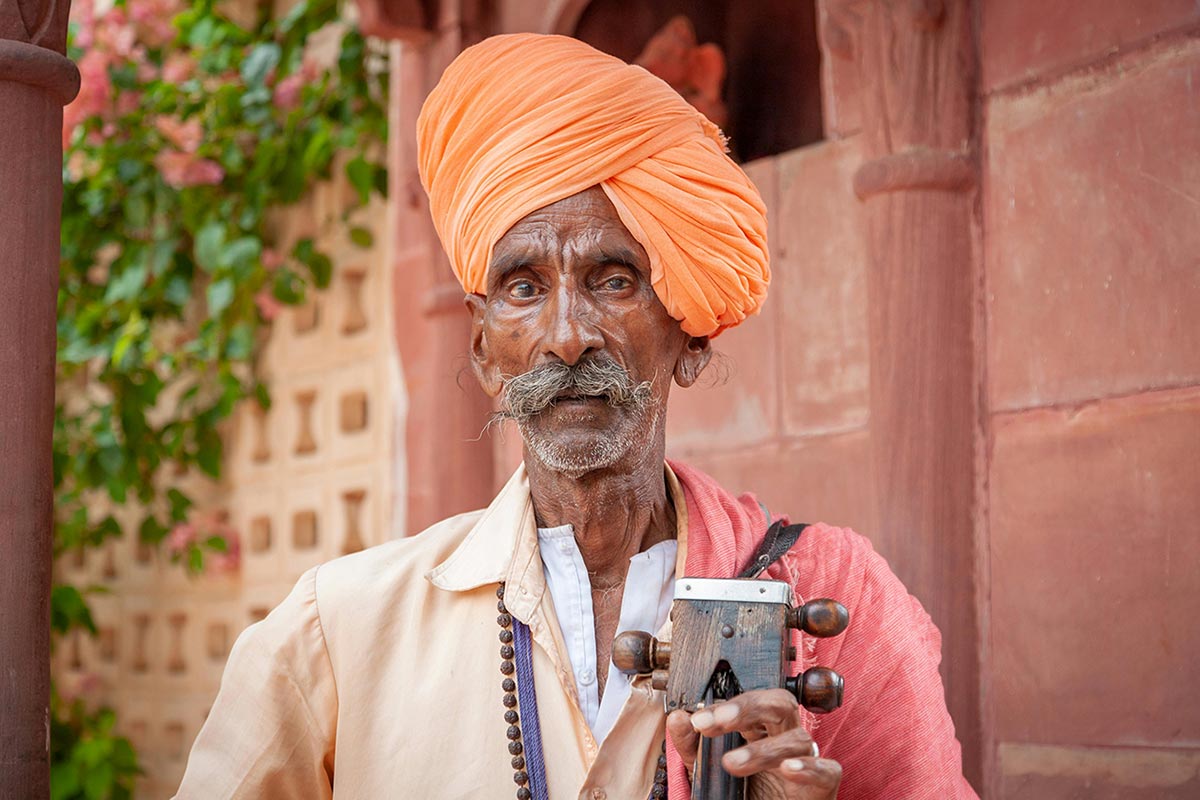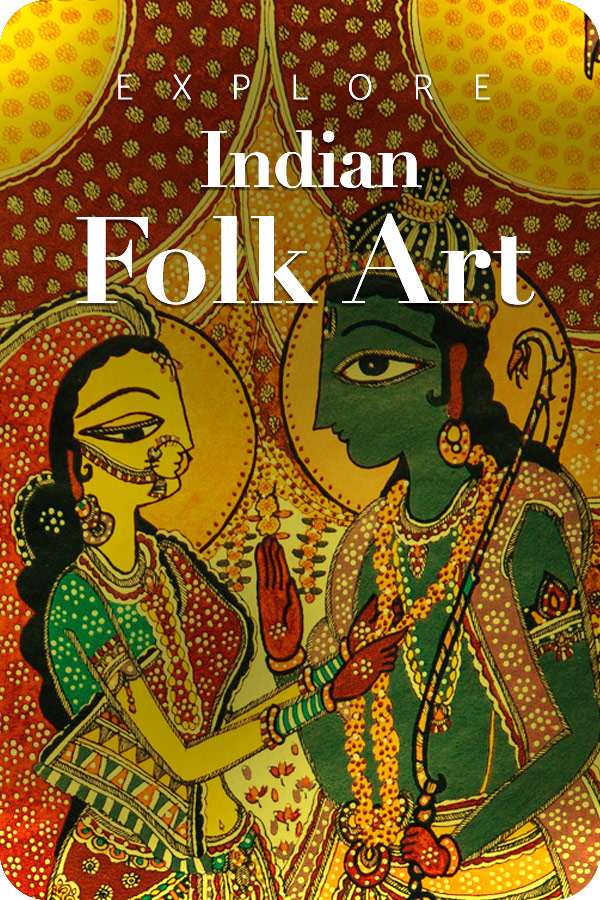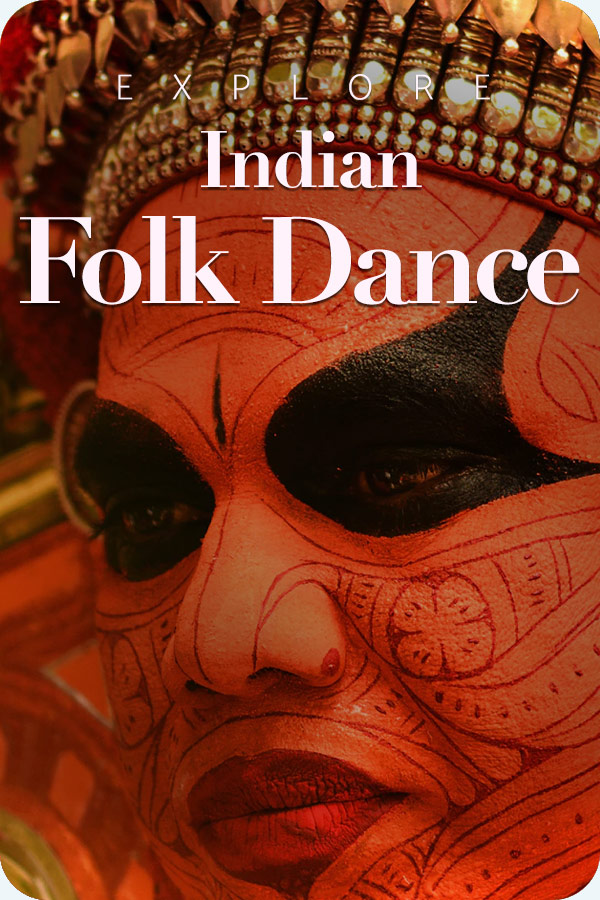
In the fast-globalizing world, folk languages and oral traditions which used to be the blood of communities are now at a threat of extinction. Urbanization, emigration, and mainstream language supremacy are causing an alarming rate of loss of many traditional dialects, story telling techniques, folk songs and other aspects of cultures.
Linguists note that every 2 weeks, a language dies somewhere across the world, with it, centuries of culture, history and unique knowledge also die. The preservation and documentation of these endangered folk languages and oral traditions and thus has become an immediate cultural, as well as, academic concern.
According to the Atlas of the World’s Languages in Danger that was compiled by UNESCO, there are almost 3,000 languages that are endangered in the world today. In India which has more than 19,500 dialects and languages, many tribal languages including Sidi, Nihali, and Toto are spoken by less than a few thousands. As these languages die out, so do oral traditions including the folklore, lullabies, proverbs, and indigenous rituals.
This is further affected by the emergence of digital media whereby the minority voices are further relegated by the domination of dominant languages like English, Hindi, or Mandarin. To many young speakers, learning of global languages is associated with schooling and job prospects, and thus the tendency to abandon their native languages and focus on the global languages.
Why Folk Languages and Oral Traditions are Relevant
Folk languages do not exist only as a form of communication, but they rather serve as a holder of identity, history, and world-view. Oral traditions especially are an insight into how communities interpret the environment, life and how they explain the mysteries of life. Traditional songs contain wisdom of agricultural experience, folk tales have moral values, and oral epics reflect historical memory.
Various efforts are made across the globe to protect endangered languages. The UNESCO plan to revive dying languages is the Decade of Indigenous Languages (20222032), which tries to attract attention and develop materials that will help to revive dying languages. In India, the People Linguistic Survey of India (PLSI) and the Bhasha Research Center, have documented the dying languages and oral traditions so that they do not become extinct.
Use of Digital Platforms
Digital platforms are also taking centre stage in ensuring that. Colleges and cultural organizations are developing online archives of folk songs, oral history, and folk proverbs. As an example, the North East Indian Oral Traditions project has been recording oral traditions in Nagaland, Manipur and Mizoram: myths and songs. Equally, endangered languages are being taught through podcasts, YouTube channels, and mobile apps, teaching young people the languages in interactive ways.
The Indian Ministry of Culture and Sahitya Akademi have initiated the programs which fund research, organize folk festivals, and publish collections of oral literature. States such as Odisha and Rajasthan are now promoting school level instruction of local languages as a way of instilling pride in local culture.
Under the Guru Shishya Parampara Scheme run by the Zonal Cultural Centres (ZCCs), traditional masters train young disciples to safeguard cultural knowledge. As part of this initiative, 42 endangered oral traditions have been documented across various states and regions of India, ensuring their continuity and preservation.
| State / UT | Number of Oral Traditions Documented |
|---|---|
| Rajasthan | 17 |
| West Bengal | 9 |
| Odisha | 3 |
| Punjab | 2 |
| Maharashtra | 2 |
| Gujarat | 2 |
| Bihar | 1 |
| Jharkhand | 1 |
| Manipur | 1 |
| Uttar Pradesh | 1 |
| Haryana | 1 |
| Goa | 1 |
| Union Territory of Jammu & Kashmir | 1 |
Source: Ministry of Culture
Community Involvement
Researchers emphasize that preservation will never be successful without the contribution of the actual native speakers. The oral tradition and the folk languages must be restored by community-based initiatives. The elders, storytellers and folk artists should be encouraged to pass their knowledge towards younger generations. Intergenerational storytelling sessions, folk music workshops, and cultural festivals establish places where traditions are kept alive through practice as opposed to being in an archive.
In other areas, communities are using technology to repossess their voices. A case in point is that the Sumi Nagas have created a dictionary program in their language, and the Santali community has adopted Ol Chiki script and online publishing systems to foster the use of their language. The examples of grassroots efforts also demonstrate how progressive technology can be used to support ancient preservation.
Conclusion
The survival and recording of dying folk languages and oral traditions must be multi-faceted-academic research, government involvement, digital technology and most importantly the involvement of the community. Losing thousands of words, humanity will lose not only a great number of words, but also a very specific view of nature, spirituality, and human relationships.
With the movement of societies towards modernization it is important to keep in mind that with progress the past is not to be forgotten. Saving endangered folk languages is not just the preservation of cultural diversity, but also the guarantee that future generations will receive all the richness of voices, songs and stories that have characterized humanity throughout centuries.







